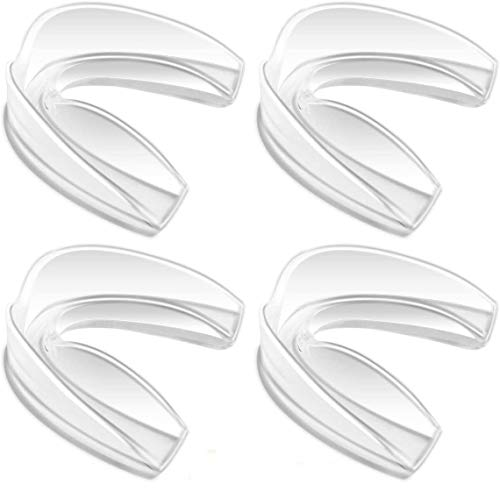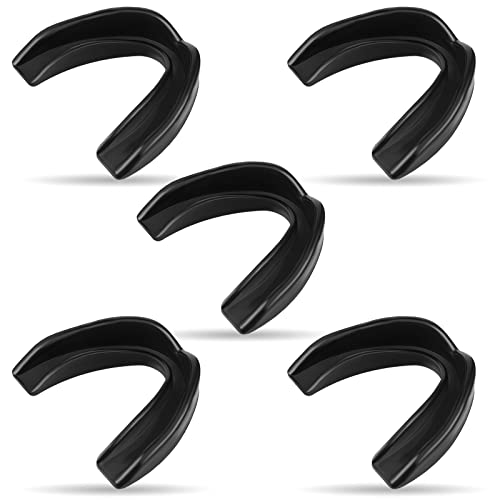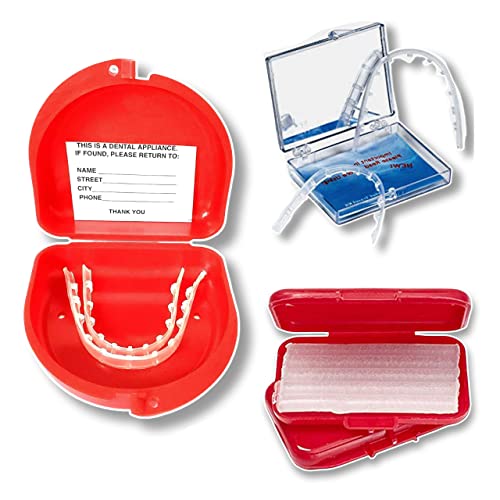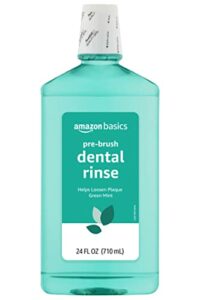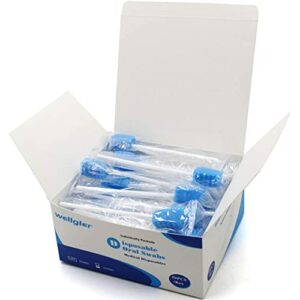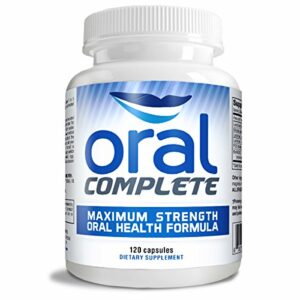We understand that talking with a mouthguard can be a bit challenging at first, but don’t worry, we’re here to help! In this step-by-step guide, we will walk you through the process of effectively communicating while wearing a mouthguard.
The purpose of this guide is to provide you with the necessary tips and techniques to overcome any difficulties you may encounter when trying to talk with a mouthguard in place. We know that participating in sports is important to you, and we want to ensure that you feel comfortable and confident while protecting your teeth and mouth.
So, whether you’re an athlete or a parent of a young athlete, this guide will equip you with the knowledge and skills to communicate clearly while wearing a mouthguard. We’re here to support you every step of the way, so let’s get started!
Protect Your Teeth and Smile
Choosing the Right Mouthguard
Choosing the right mouthguard is crucial to protect your teeth and prevent injuries during sports activities. There are different types available, such as stock mouthguards, boil-and-bite mouthguards, and custom mouthguards. To select the best option, consider factors like the level of impact in your sport, the fit and comfort of the mouthguard, and any specific dental conditions you may have. Remember to consult with your dentist, who can provide expert advice tailored to your individual needs.
Preparing the Mouthguard
To properly clean and sanitize your mouthguard before each use, follow these steps:
- Rinse: Begin by rinsing the mouthguard thoroughly with cool water to remove any loose debris or saliva.
- Brush: Use a soft-bristle toothbrush and a mild soap or toothpaste to gently brush the mouthguard. Make sure to clean all surfaces, including the inside and outside. Avoid using abrasive cleaners or harsh chemicals as they may damage the mouthguard.
- Rinse again: After brushing, rinse the mouthguard once more with cool water to remove any soap or toothpaste residue.
- Soak: To further sanitize the mouthguard, you can soak it in a denture cleaner, mouthwash, or a mixture of water and vinegar. Follow the manufacturer’s instructions for the appropriate soaking time.
- Rinse one final time: After soaking, rinse the mouthguard thoroughly with water to remove any remaining solution. Make sure there is no residual taste or odor.
- Dry: Allow the mouthguard to air dry completely before storing it in a clean, ventilated container. Avoid storing it in a damp or enclosed space, as it may promote bacterial growth.
Maintaining good oral hygiene and removing any dirt or bacteria from your mouthguard is crucial for your oral health. By following these cleaning steps, you can help prevent the buildup of harmful bacteria and ensure the longevity of your mouthguard. Remember to clean it before each use to ensure it remains hygienic and comfortable to wear.
Fitting the Mouthguard
To fit the mouthguard properly, follow these step-by-step instructions:
- Rinse the mouthguard with cool water to ensure cleanliness.
- Place the mouthguard in your mouth, positioning it over your upper teeth.
- Bite down gently but firmly to create an initial impression of your teeth on the mouthguard.
- Remove the mouthguard from your mouth and immediately immerse it in cold water for about 30 seconds to set the impression.
- Try the mouthguard back in your mouth to ensure the fit. If it feels uncomfortable or does not cover your teeth properly, repeat the previous steps.
- Once you are satisfied with the fit, carefully trim any excess material from the edges of the mouthguard using scissors.
- It is important to regularly check the fit of your mouthguard as your teeth and jaw may change over time. Adjustments may be necessary to maintain a secure and comfortable fit.
By following these positioning and adjustment techniques, you can ensure a comfortable and secure fit for your mouthguard, providing maximum protection for your teeth and jaw.
Wearing the Mouthguard
Insert and wear the mouthguard properly during sports activities. Place the mouthguard in your mouth and position it securely over your upper teeth. Avoid unnecessary adjustments while playing to ensure the mouthguard stays in place and provides maximum protection.
Speaking with a Mouthguard
- Practice speaking slowly and enunciate your words clearly while wearing the mouthguard.
- Articulate each sound by exaggerating the movements of your lips, tongue, and jaw.
- Repeat tongue twisters or challenging words to improve your diction and coordination.
- Read aloud or engage in conversations to familiarize yourself with speaking with the mouthguard.
- Focus on maintaining proper mouthguard placement by biting down and keeping your lips closed.
- Take breaks if you feel discomfort or difficulty in speaking, and gradually increase the duration of wearing the mouthguard over time.
- Seek professional advice from your dentist or orthodontist if you experience persistent challenges in speaking effectively with the mouthguard.
Breathing with a Mouthguard
Breathe smoothly and effectively with a mouthguard by following these simple steps. First, position the mouthguard properly, ensuring it covers your upper teeth snugly. Then, take slow and deep breaths through your nose, allowing the air to fill your lungs. Avoid breathing through your mouth to prevent discomfort or obstruction. With this technique, you can maintain comfortable and efficient breathing while wearing a mouthguard during physical exertion.
Removing and Storing the Mouthguard
To remove the mouthguard after use, follow these steps:
- Use clean hands to gently pull the mouthguard away from your teeth.
- Avoid twisting or bending the mouthguard, as this can damage its shape and effectiveness.
- Rinse the mouthguard thoroughly with cool water to remove any saliva or debris.
- Use a toothbrush and mild soap or toothpaste to gently clean the mouthguard, making sure to reach all surfaces.
- Rinse again with cool water to remove any soap residue.
- Dry the mouthguard completely with a clean towel or let it air-dry before storing.
To store the mouthguard properly:
- Place the mouthguard in a clean, ventilated case to protect it from dust, dirt, and bacteria.
- Avoid storing the mouthguard in direct sunlight or extreme temperatures, as this can cause it to warp or lose its shape.
- Keep the mouthguard away from pets or young children who may damage or swallow it.
- Regularly inspect the mouthguard for any signs of wear and tear, such as cracks, tears, or a loose fit. If you notice any damage, replace the mouthguard promptly to ensure continued protection.
Remember, maintaining proper hygiene and storing your mouthguard correctly are essential for its longevity and effectiveness in protecting your teeth.
Replacing the Mouthguard
To inform users about the lifespan of a mouthguard and when it needs to be replaced, we recommend replacing your mouthguard every 6 to 12 months, depending on its usage. Signs of wear and tear to look out for include cracks, tears, or a loose fit. When it’s time for a new mouthguard, follow these guidelines to choose the right one: consider your level of activity, ensure a comfortable fit, and opt for a mouthguard that provides adequate protection.
Regular Maintenance and Inspection
Regular maintenance and inspection of your mouthguard is crucial to ensure its effectiveness and your oral health. To keep your mouthguard in good condition, start by cleaning it thoroughly after each use. Use a toothbrush and toothpaste, or a mild soap and warm water, to gently scrub the mouthguard. Check for any signs of damage, such as cracks or tears, and replace the mouthguard if necessary. To prevent distortion, store the mouthguard in a sturdy case, away from direct sunlight or heat. Remember to bring your mouthguard to your dentist regularly for professional inspection and to address any concerns. By following these simple steps, you can maintain a clean and safe mouthguard for optimal protection.
Wrap up and final thoughts
In conclusion, we have explored the essential aspects of how to effectively communicate with a mouthguard. We have highlighted the significance of wearing a mouthguard correctly to ensure maximum protection and comfort while participating in sports activities. By following the guidelines provided in this blog post, you can safeguard your teeth, gums, and jaw from potential injuries and enhance your overall sporting experience. Remember, a well-fitted mouthguard not only protects your smile but also allows you to communicate clearly and confidently on the field. So, prioritize your oral health and take the necessary steps to master the art of talking with a mouthguard.
Essential Supplies
Mastering Communication with Protection
Tips for Properly Using a Mouthguard to Protect Your Teeth During Sports
- First, make sure to choose a mouthguard that fits properly. It should be comfortable and not restrict your breathing or speech
- Before using the mouthguard, clean it thoroughly with a toothbrush and toothpaste or a denture cleaner. Rinse it well to remove any residue
- When putting on the mouthguard, make sure your teeth are clean and dry. Hold the mouthguard with your fingers, not with your teeth, to avoid damaging it
- Carefully align the mouthguard with your upper teeth and gently push it into place. Use your fingers to mold and shape it, ensuring a snug and secure fit
- Once the mouthguard is in place, test it by biting down gently to make sure it stays in position and doesn’t move around. Adjust if necessary
- During sports activities, always wear your mouthguard to protect your teeth, lips, cheeks, and tongue from potential injuries
- After each use, clean the mouthguard again to maintain good oral hygiene. Store it in a clean, ventilated container to prevent bacterial growth
- Periodically check your mouthguard for any signs of wear or damage. Replace it if it becomes worn out or doesn’t fit properly anymore
- Finally, remember that a mouthguard is an essential piece of protective equipment, but it doesn’t guarantee complete safety. Always follow the rules and guidelines of your sport to minimize the risk of injuries


